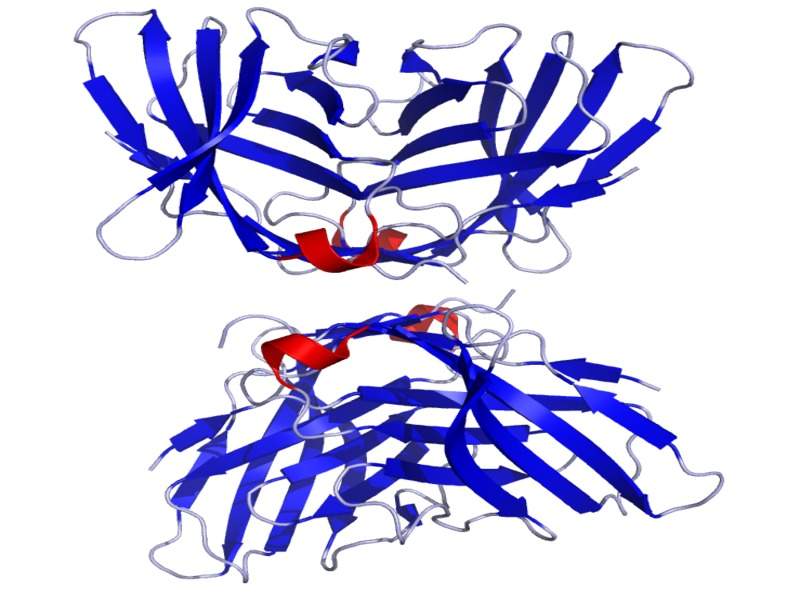

Crown Bioscience, a fully owned subsidiary of Crown Bioscience International, has entered a collaboration with Jiangsu Qyun Bio-Pharmaceutical to develop a CTLA-4 antibody.

Discover B2B Marketing That Performs
Combine business intelligence and editorial excellence to reach engaged professionals across 36 leading media platforms.
Under the collaboration, CrownBio will utilise Jiangsu Qyun Bio-Pharmaceuticals' expertise to assist in the investigational new drug (IND) application and advance the development of its 10B10 antibody.
CrownBio CEO Jean-Pierre Wery said: “The collaboration agreement between CrownBio and Jiangsu Qyun Bio-Pharmaceutical is indicative of our focus on innovation, and enhances our portfolio in immuno-oncology.
“Moreover, this partnership highlights CrownBio’s commitment to develop therapies that could significantly impact the way cancer is treated.”
The company claimed that 10B10 is a humanised anti-CTLA-4 antibody that has a higher binding affinity and in vitro T-cell stimulation than ipilimumab.

US Tariffs are shifting - will you react or anticipate?
Don’t let policy changes catch you off guard. Stay proactive with real-time data and expert analysis.
By GlobalDataIpilimumab is the first immune checkpoint blockade antibody that targets CTLA-4 and has applied for FDA approval to treat melanoma.
Both antibodies exhibited equivalent activity in T-cell activation and tumour growth suppression but with a different binding epitope and pharmacokinetic profile.
Jiangsu Qyun Bio-Pharmaceuticals CEO Qiu Jiwan said: “CrownBio is the ideal partner to progress candidate compounds to IND and clinical development thanks to their recognised in vivo pharmacology expertise and the high quality and standards of their operations, representing the perfect match to our know-how in antibody engineering, cell line construction, and experience in GMP production management, quality control, clinical research, and regulatory affairs."
The collaboration is designed to develop a less toxic CTLA-4 antibody with better combination strategies able to overcome all the immunological adverse effects due to T-cell activation and proliferation found in some patients when treated with anti-CTLA-4 immunotherapies.
Image: Crystal structure of CTLA4. Photo: courtesy of RaminHerati via Wikipedia.





